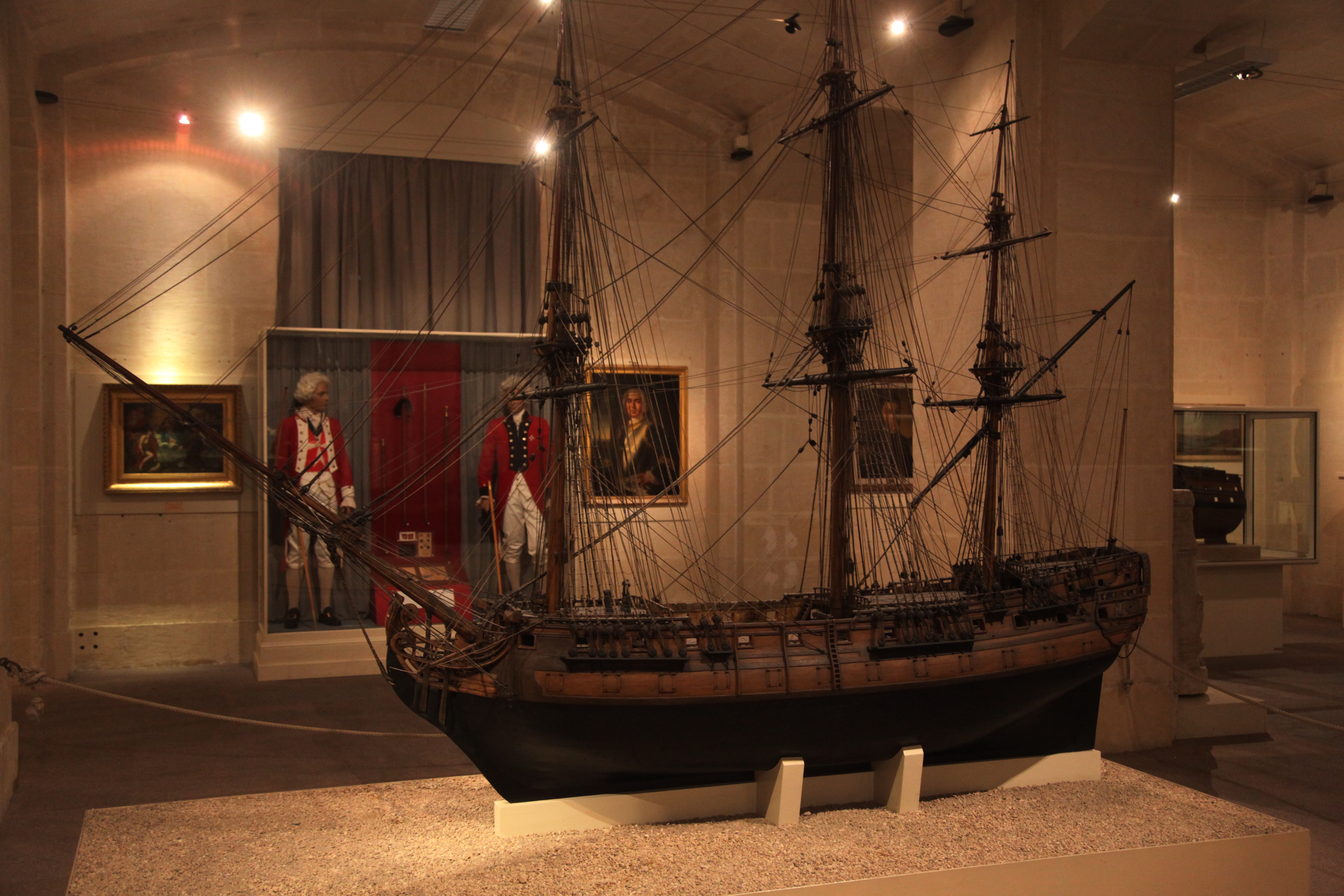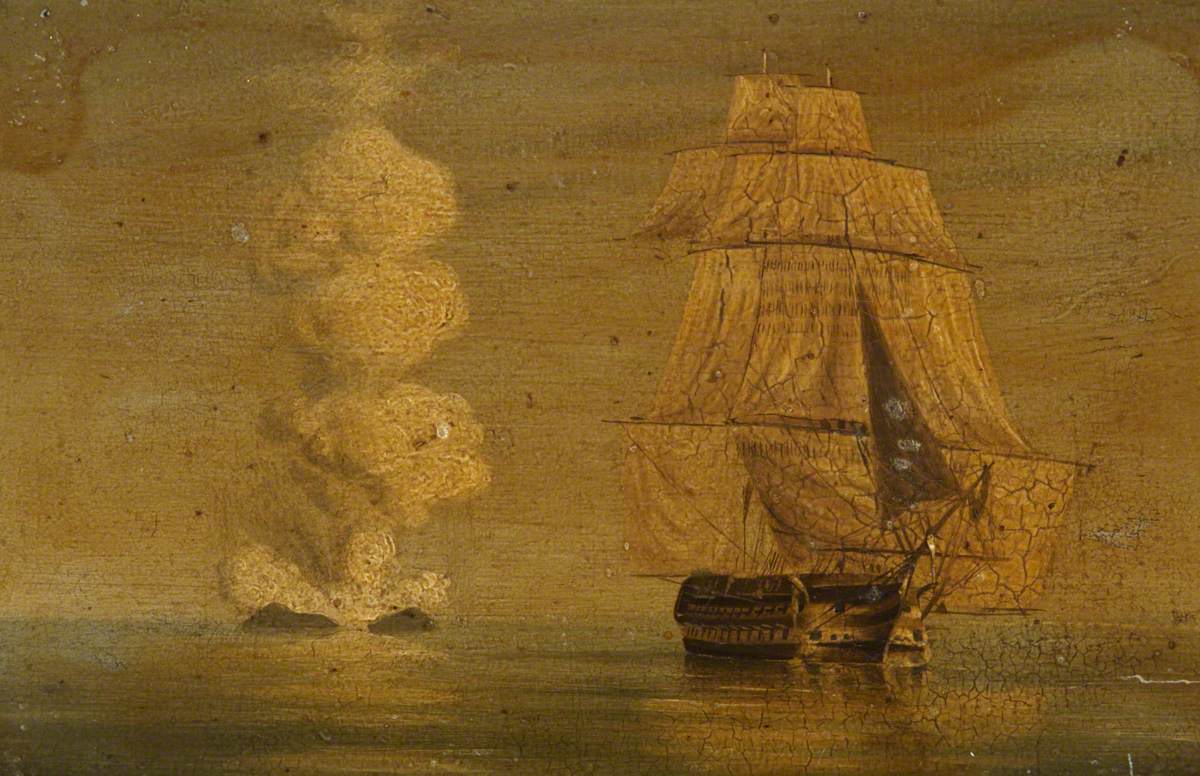Third-rate on:
[Wikipedia]
[Google]
[Amazon]
 In the
In the
 By the end of the 18th century, ships of the line were usually categorized directly by their number of guns, the numbers even being used as the name of the class, as in "a squadron of three 74s", but officially the rating system continued until the end of the Age of Sail, only undergoing a modification in 1817.
Note that the use of terms like "third-rate" in literature can lead to confusion: The French Navy had a different system of five rates or ''rangs'', but some British authors use the Royal Navy's rating of "third rate" when speaking of a French 74.
By the end of the 18th century, ships of the line were usually categorized directly by their number of guns, the numbers even being used as the name of the class, as in "a squadron of three 74s", but officially the rating system continued until the end of the Age of Sail, only undergoing a modification in 1817.
Note that the use of terms like "third-rate" in literature can lead to confusion: The French Navy had a different system of five rates or ''rangs'', but some British authors use the Royal Navy's rating of "third rate" when speaking of a French 74.
rating system of the Royal Navy
The rating system of the Royal Navy and its predecessors was used by the Royal Navy between the beginning of the 17th century and the middle of the 19th century to categorise sailing warships, initially classing them according to their assi ...
, a third rate was a ship of the line which from the 1720s mounted between 64 and 80 guns, typically built with two gun deck
The term gun deck used to refer to a deck aboard a ship that was primarily used for the mounting of cannon to be fired in broadsides. The term is generally applied to decks enclosed under a roof; smaller and unrated vessels carried their guns ...
s (thus the related term two-decker
A two-decker is a sail warship which carried her guns on two fully armed decks. Usually additional guns were carried on the upper works (forecastle and quarterdeck), but this was not a continuous battery and thus not counted as a full gun deck ...
). Years of experience proved that the third rate ships embodied the best compromise between sailing ability (speed, handling), firepower, and cost. So, while first-rate
In the rating system of the British Royal Navy used to categorise sailing warships, a first rate was the designation for the largest ships of the line. Originating in the Jacobean era with the designation of Ships Royal capable of carrying ...
s and second-rate
In the rating system of the Royal Navy used to categorise sailing warships, a second-rate was a ship of the line which by the start of the 18th century mounted 90 to 98 guns on three gun decks; earlier 17th-century second rates had fewer gun ...
s were both larger and more powerful, third-rate ships were the optimal configuration.
Rating
When the rating system was first established in the 1620s, the third rate was defined as those ships having at least 200 but not more than 300 men; previous to this, the type had been classified as "middling ships". By the 1660s, the means of classification had shifted from the number of men to the number of carriage-mounted guns, and third rates at that time mounted between 48 and 60 guns. By the turn of the century, the criterion boundaries had increased and third rate carried more than 60 guns, with second rates having between 90 and 98 guns, while first rates had 100 guns or more, andfourth rate
In 1603 all English warships with a compliment of fewer than 160 men were known as 'small ships'. In 1625/26 to establish pay rates for officers a six tier naval ship rating system was introduced.Winfield 2009 These small ships were divided i ...
s between 48 and 60 guns. By the latter half of the 18th century, they carried between 500 and 720 men.
This designation became especially common because it included the seventy-four gun ship, which eventually came to be the most popular size of large ship for navies of several different nations. It was an easier ship to handle than a first- or second-rate ship, but still possessed enough firepower to potentially destroy any single opponent other than a three-decker
A three-decker was a sailing warship which carried her principal carriage-mounted guns on three fully armed decks. Usually additional (smaller) guns were carried on the upper works (forecastle and quarterdeck), but this was not a continuous b ...
. It was also cheaper to operate.
 By the end of the 18th century, ships of the line were usually categorized directly by their number of guns, the numbers even being used as the name of the class, as in "a squadron of three 74s", but officially the rating system continued until the end of the Age of Sail, only undergoing a modification in 1817.
Note that the use of terms like "third-rate" in literature can lead to confusion: The French Navy had a different system of five rates or ''rangs'', but some British authors use the Royal Navy's rating of "third rate" when speaking of a French 74.
By the end of the 18th century, ships of the line were usually categorized directly by their number of guns, the numbers even being used as the name of the class, as in "a squadron of three 74s", but officially the rating system continued until the end of the Age of Sail, only undergoing a modification in 1817.
Note that the use of terms like "third-rate" in literature can lead to confusion: The French Navy had a different system of five rates or ''rangs'', but some British authors use the Royal Navy's rating of "third rate" when speaking of a French 74.
Bibliography
* Rodger, N.A.M. ''The Command of the Ocean, a Naval History of Britain 1649-1815'', London (2004). . * Bennett, G. ''The Battle of Trafalgar'', Barnsley (2004). . * Winfield, Rif, ''British Warships in the Age of Sail: 1603-1714'', Barnsley (2009) ; ''British Warships in the Age of Sail: 1714-1792'', Barnsley (2007) ; ''British Warships in the Age of Sail: 1793-1817'', (2nd edition) Barnsley (2008). ; ''British Warships in the Age of Sail: 1817-1863'', Barnsley (2014) . {{Rating system of the Royal Navy 3rd-rate